As it turns out, a different type of AI made a big splash at CES 2024: AI companionship. We were expecting generative and predictive AI, but this one threw us for a loop.
Are we really that lonely? How bad has it gotten that vendors are seeking to give us non-human companionship in a world filled with, well, humans? And that’s not the only bizarre trend I’ve been seeing. Here are the top five trends I’ve spotted at the world-famous Las Vegas showcase.
1. AI companionship
As I mentioned at the outset, more than any other technology, AI companionship was, by far, the most popular trend I saw at CES 2024.
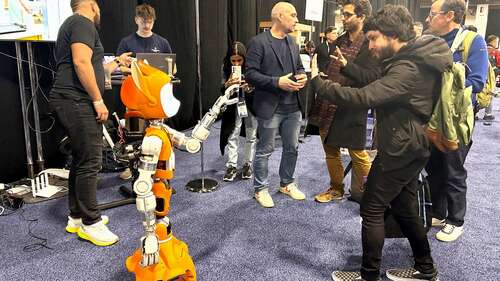
Mashable’s Matt Binder interacting with Mirokai
Credit: Kimberly Gedeon / Mashable
Take a look at Ballie, for example, Samsung’s new rolling yellow ball that is, in part, designed to keep users company. I also checked out an anime-inspired robot called Mirokai, which has a use case for lonely patients in the medical sector. And finally, there’s WeHead, a bizarre 3D structure that puts a face to ChatGPT.
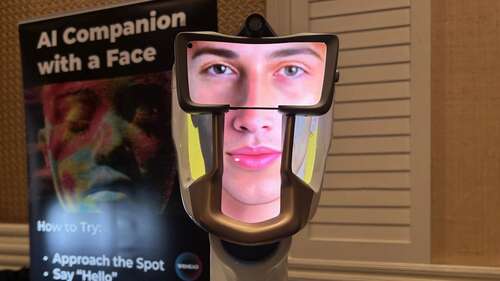
WeHead caught a lot of eyes at Pepcom.
Credit: Kimberly Gedeon / Mashable
Hell, even at Lenovo’s CES suite, it showcased a concept of a robot companion that can be snapped to the lid of your laptop.
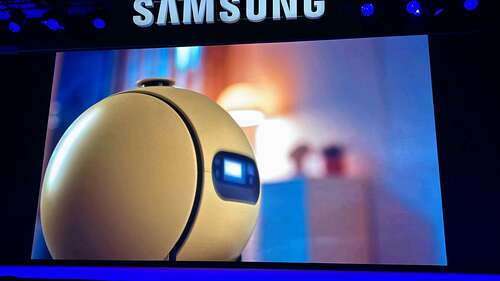
Credit: Kimberly Gedeon / Mashable
I can’t help but wonder, are vendors seeking to fill some sort of companionship void that is plaguing us humans?
2. Wearable rings
The Oura ring, which had a presence at CES 2024, is a rising star in the compact wearable space. But this year, it looks like a swath of vendors are vying for Oura’s throne.
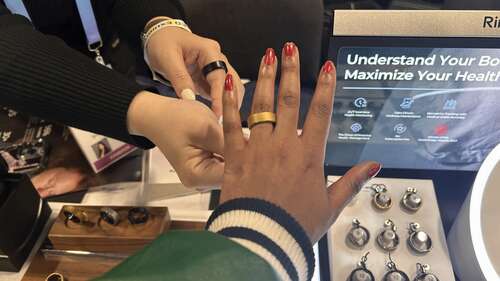
Rinconn’s Smart Ring at CES 2024
Credit: Kimberly Gedeon / Mashable
From RinConn’s Smart Ring, a wearable that claims to “understand your body and maximize your health” to the Amazfit Heli Ring, a sports-focused wearable that can be paired with a performance watch of your choice, rings seemed to take over CES this year, outpacing smartwatches like Garmin.
3. Air gestures
Mashable’s Cecily Mauran checked out a smart mirror at Unveiled, a CES 2024 pre-show for the press, and it’s not just its wellness benefits that caught her eye, but its interactive functions.
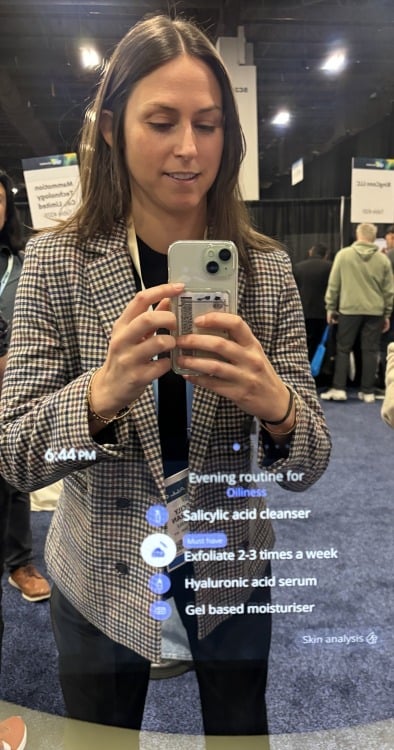
Cecily Mauran interacts with a smart mirror
Credit: Kimberly Gedeon / Mashable
You can use air gestures to swipe through the UI on the funky smart mirror. The Mudra band is another striking tech product we spotted at CES 2024. It lets you navigate through all of your iDevices using air gestures, too.
4. Sleep tech
Many adults suffer from sleep issues, including myself. Quieting one’s mind to get a good night’s rest is much more challenging than it seems. As such, I’ve seen a few vendors attempt to solve this issue with technology. One of them is the Frenz Brainband, which I happened to review for a couple of months ahead of CES 2024. (Stay tuned for whether that was helpful for my insomnia.)
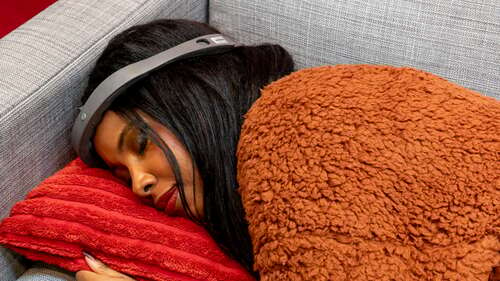
Mashable’s Kimberly Gedeon wearing the Frenz Brainband.
Credit: Kimberly Gedeon / Mashable
This rubbery crown, which is meant to be worn around the forehead, uses AI to determine which binaural beats and voice coaching to use for the most optimal, personalized sleep.
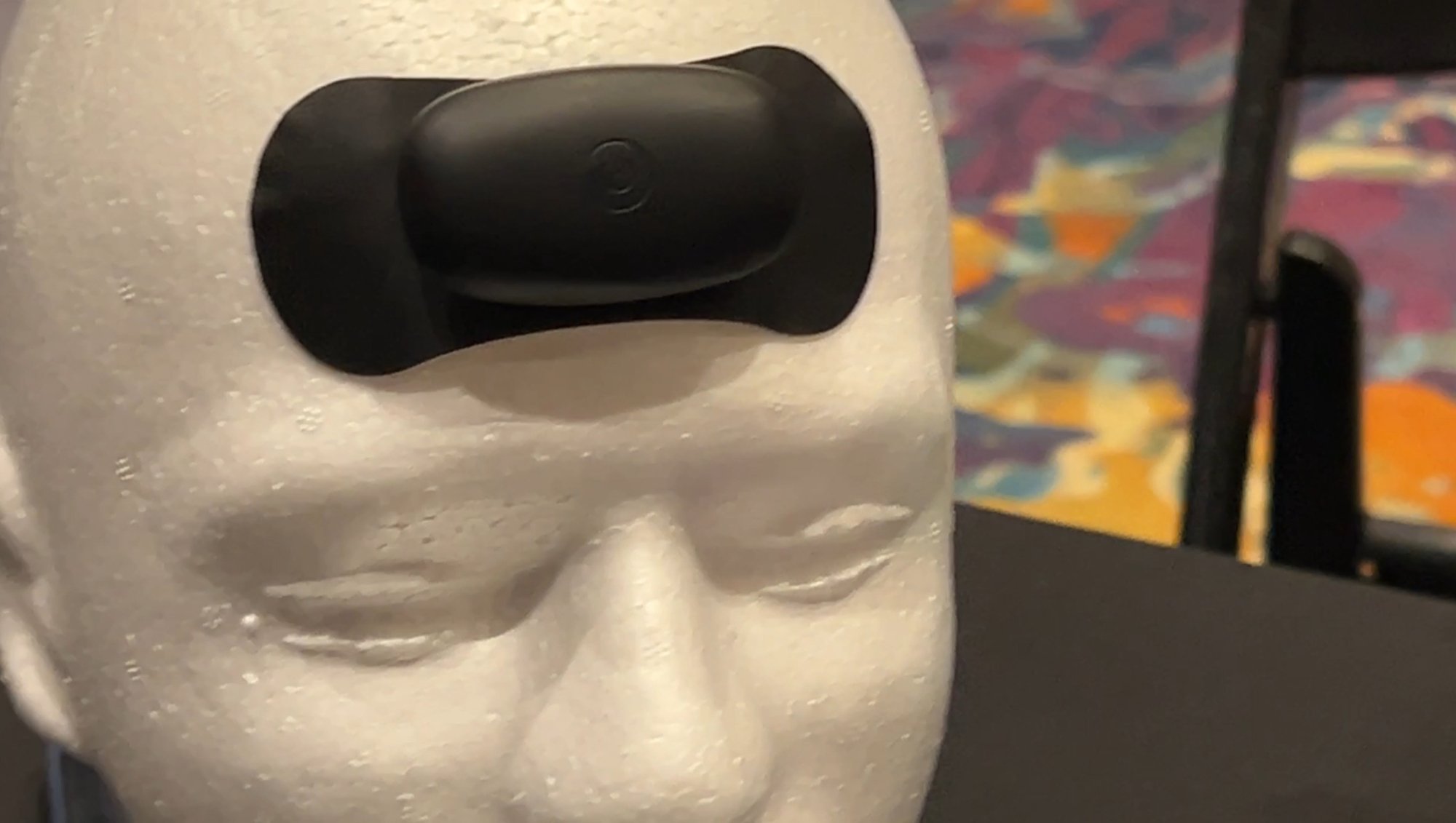
myWaves can reportedly help you sleep
Credit: Kimberly Gedeon / Mashable
I also stumbled upon myWaves, a device that can reportedly read your delta waves before using them to feed back sleep-inducing sound waves personalized for you.
5. Live captioning with smart glasses
TCL’s RayNeo X2 Lite glasses, billed as the world’s lightest full-color AR glasses, utilizes true AR, applying interactive, digital overlays on top of a real-world environment.
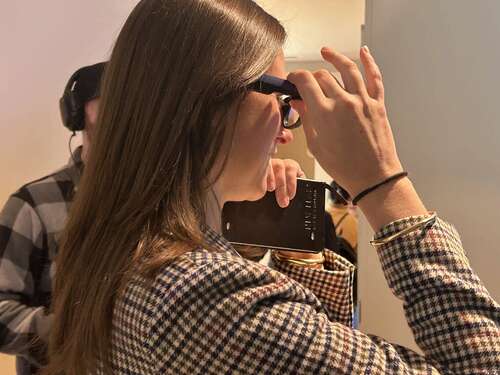
Mashable’s Cecily Mauran testing the TCL RayNeo X2 Lite glasses
Credit: Kimberly Gedeon / Mashable
You can engage with an AI-powered avatar with your voice, use touch gestures to interact with a virtual menu, and more. But a trend that I’ve been noticing, starting with the RayNeo X2 Lite glasses, is live captioning. These quirky glasses can also translate languages, live captioning everything that is being said to you in your native language. (For example, in our demo with the RayNeo X2 Lite glasses, the rep spoke Korean and we could see the words being transcribed — before our very eyes — into English.
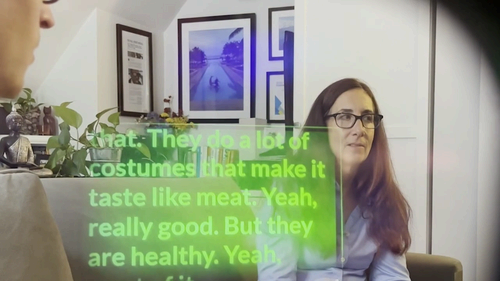
XanderGlasses allowing user to “see” what is being said.
Credit: Xander
However, the RayNeo X2 Lite glasses aren’t the only spectacles that can do this. The XanderGlasses also made an appearance at CES 2024. Unlike the X2 Lite, the XanderGlasses target the accessibility market. It is made for users who are hard of hearing. The XanderGlasses can deliver lines of scrolling words to users, allowing them to rely on their visual senses (i.e., reading) to understand others who are speaking to them.

